Story
Staff spotlight: Prof. Stefan Simis - Earth Observation Scientist (inland/coastal waters)
20 December 2023
Despite only covering 0.01% of the Earth’s total surface, freshwater ecosystems supply essential ecosystem services - such as food, drinking water, energy, and livelihoods - to billions of people. They are also critical for biodiversity across the planet, with a huge number of species relying on these habitats. Stefan sat down with us to tell us more about his work on inland and coastal waters, and his vision for water quality across the world.
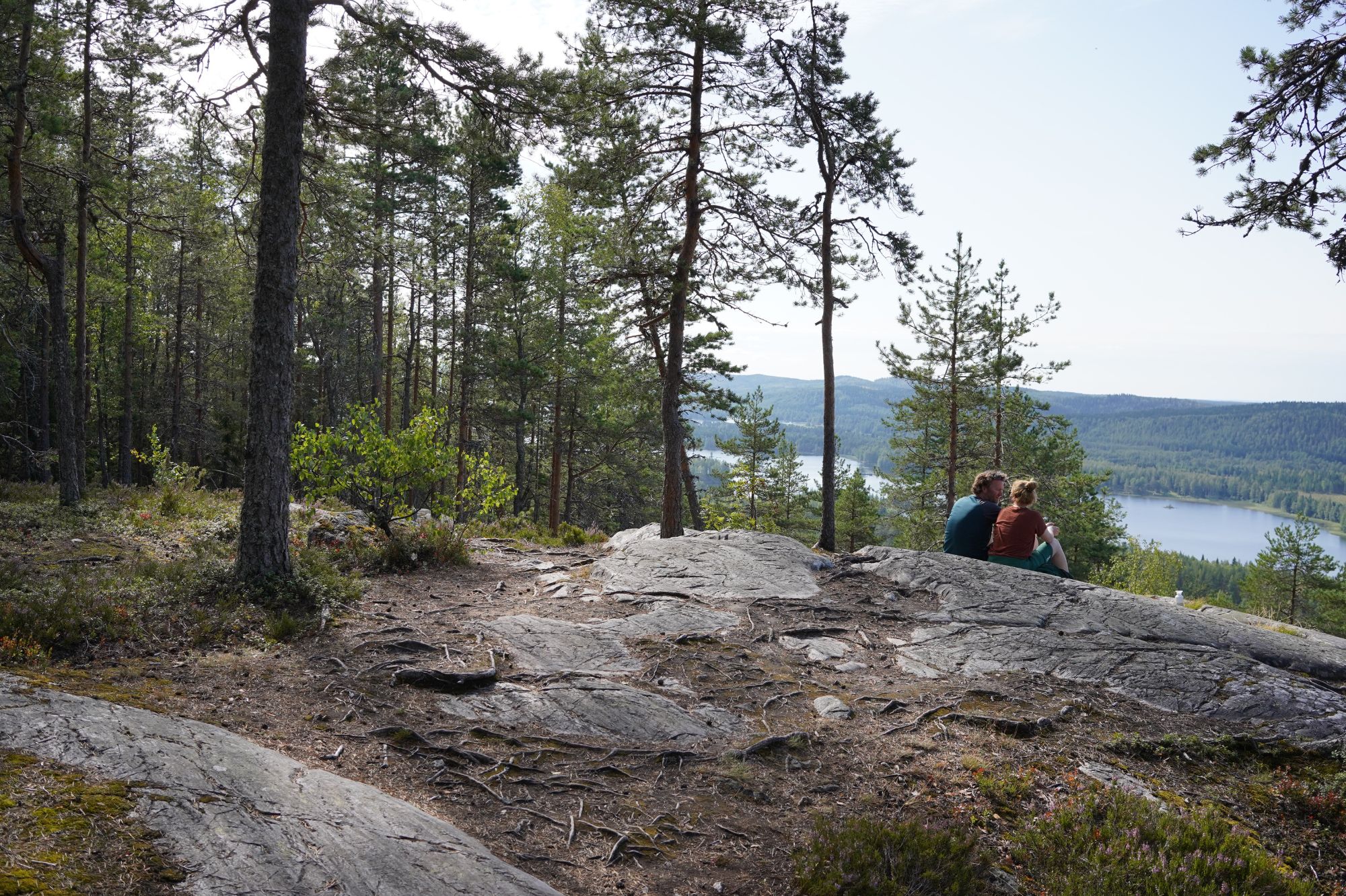 Above: Stefan and Marianne looking out over Lake Pielinen, Finland.
Above: Stefan and Marianne looking out over Lake Pielinen, Finland.
We first started our chat by congratulating Stefan on his Professorship, which was awarded earlier this year by the University of Stirling, and we asked him to tell us a bit more about the journey to this big milestone in his career.
“Thanks very much! The collaboration with the University of Stirling goes back to the start of my job at Plymouth Marine Laboratory (PML). The University was leading the GloboLakes project, which combined UK expertise in remote sensing, data processing and environmental statistics.”
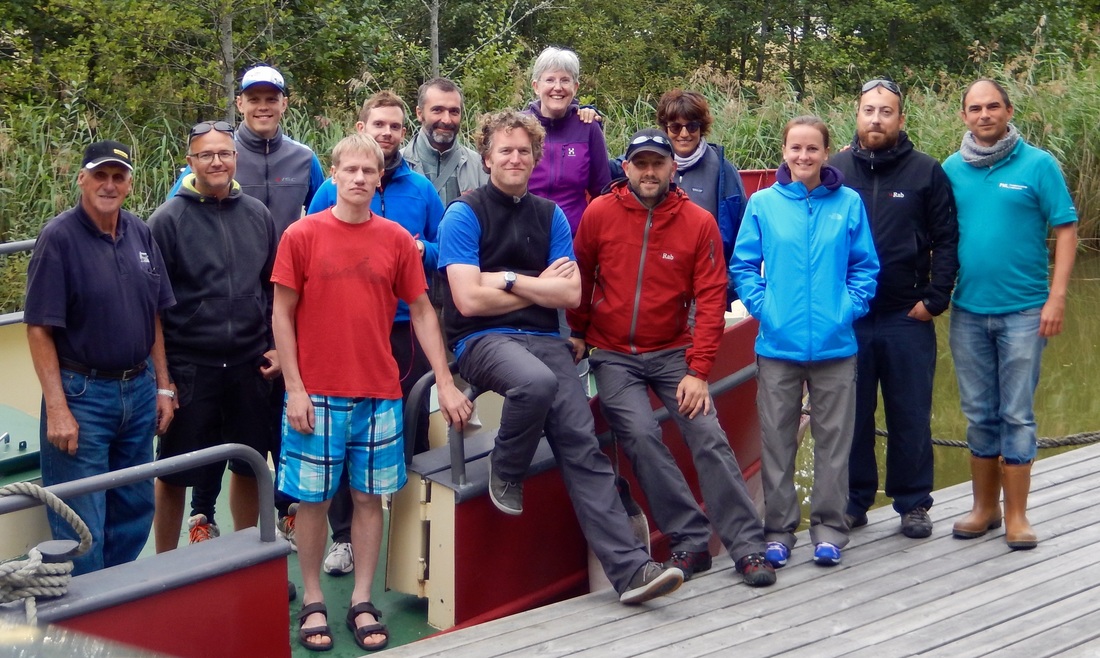
Above: Part of the European lake remote sensing community during a joint intercalibration campaign at Lake Vänern, September 2015. Photo credit: GloboLakes
“PML was a partner in GloboLakes, and together, we built the first-ever global lakes observatory from satellite observations, and this put us in a great position to respond to several international initiatives. I’m very pleased that the collaboration continues to deliver across projects and PhD studentships - even if it is quite a trip back and forth on the train!”
 Above: Vänern is the largest lake in Sweden, the largest lake in the European Union and the third-largest lake in Europe after Ladoga and Onega in Russia.
Above: Vänern is the largest lake in Sweden, the largest lake in the European Union and the third-largest lake in Europe after Ladoga and Onega in Russia.

Above: Concentration of the algal pigment chlorophyll-a in lakes in southern Sweden, including Vänern, the largest lake in the EU and third-largest lake on the European continent after Lakes Ladoga and Onega in Russia. Data from the Lakes Climate Change Initiative where Stefan is science co-lead and for which PML generates lake colour and water quality products.
The distinction of a Professorship - and the work to get there - is a big achievement. And, speaking of achievements, Stefan has actually been with PML for almost ten years, which we said should also call for a celebration! We asked him what first attracted him to the laboratory, and what has kept him with us all this time.
“It’s the longest job I’ve ever held, thanks for reminding me...! Before PML, I had been working on Baltic Sea phytoplankton physiology - for seven years - and I was definitely keen to start working on lakes again, as I did for my PhD. It was fortunate that my partner was already working for a UK-based organisation, so, when I was told of the opportunity at PML to work on inland and coastal waters, it just made sense.”
Stefan completed his PhD at the Vrije Universiteit Amsterdam in 2006, with the thesis: ‘Blue-Green Catastrophe: remote sensing of mass viral lysis of cyanobacteria’ at the Netherlands Institute of Ecology. He continues:
“Then, once we came to England, and I joined PML: the continuing opportunities to build out the work through Copernicus, the ESA Climate Change Initiative and numerous R&D projects - and a healthy habit of trying not to watch the news since 2016 - have kept us here this long. I found there was plenty of room to develop the inland water observation research portfolio, and I think we can be proud of what we’ve achieved in this space.”
“I’ve been fortunate to be able to choose research directions quite freely, while working on picking up new skills along the way. Those include becoming a (somewhat) better software developer, to working on instrument automation and design. It’s quite varied, which keeps me motivated.”
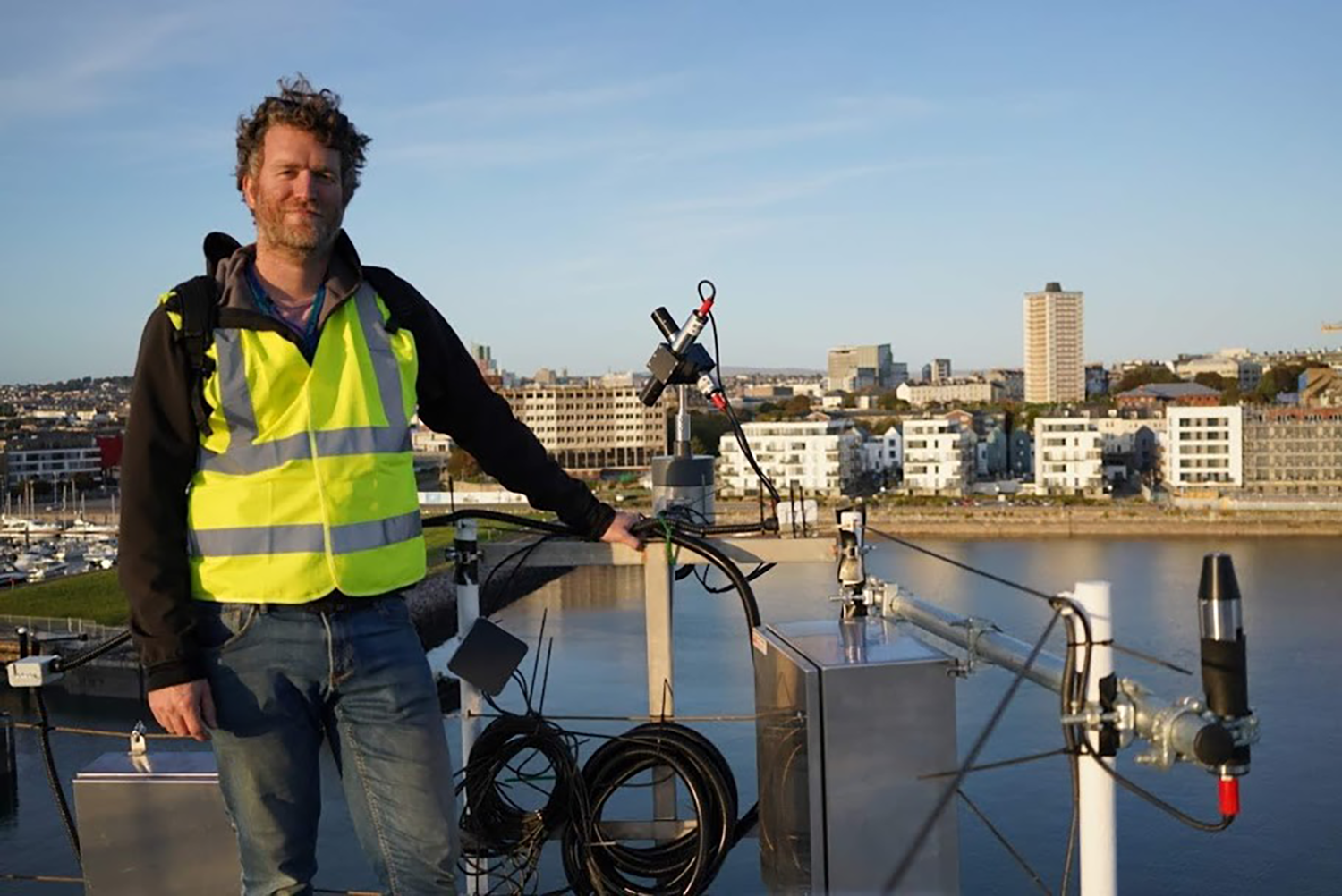
Above: Stefan pictured installing automated radiometric sensors on a passenger ferry in the English Channel.
Stefan also describes the benefits of social life at PML:
“We moved here from Helsinki where, due to a combination of factors such as my inability to learn to speak Finnish, I’d more or less forgotten what it’s like to have a rich social life. Moving here I found a nice community atmosphere and some new traditions to embrace, such as Friday pub lunches, the odd jam session, and I recall one or two satellite launch parties with appropriately styled cake.”
We remarked on the fact that, Stefan’s work is quite unique in the laboratory since it focuses more on freshwater ecosystems rather than the ocean – linked, of course, as part of the delicate balance of the Earth’s natural processes like the water cycle, and anthropomorphic influences like terrestrial pollution and run-off. We next asked Stefan to tell us more about how this specialism fits in to wider research and projects at Plymouth Marine Laboratory, and across the world.
“Aquatic optics (and remote sensing by extension) actually has its roots in inland waters, and the physics are the same for both inland and ocean waters. Given the scale of data processing that is in place for the global ocean at PML, it made sense to extend the effort to inland waters, and we do this globally, including more or less every lake that’s large enough to observe from space.”
Above: Stefan often photographs the lakes he visits during both research trips and on personal trips away. Pictured above is a favourite location at lake Pielinen on a misty day near Koli, Finland. Photo credit: Stefan Simis.
Above: Another beautiful scene photographed by Stefan, lake Pielinen in Finland. Photo credit: Stefan Simis.
“Of course, with cloud-based computing it is no longer a matter of where computing takes place, and far more about having cross-disciplinary expertise under one roof. Our team working on lakes, but more generally the remote sensing expertise across PML’s Earth Observation Science and Applications group and Digital Innovations and Marine Autonomy group, is a good example of putting this in practice. We have some of the world’s leading expertise in remote sensing of water quality, and the group does more and more work to link to upstream processes, ecosystem services, and working across observation scales, which is great to see. My role is to look ahead to upcoming opportunities, new applications, and to foster collaborations across the UK, Europe and globally, to see where we can contribute.”
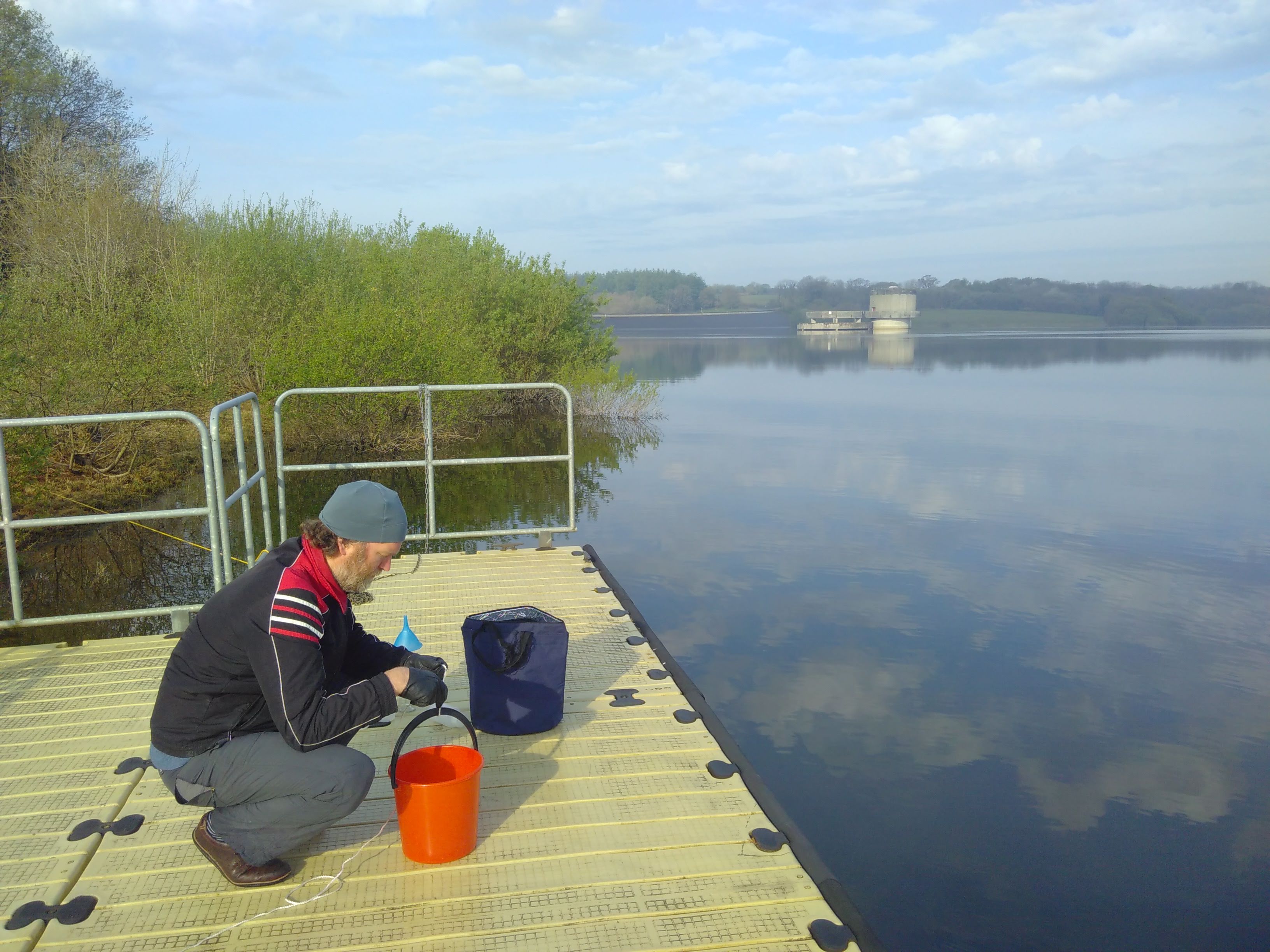 Above: Stefan collecting a water sample at Roadford Lake in north Devon.
Above: Stefan collecting a water sample at Roadford Lake in north Devon.
Above: Stefan installing automated light sensors at Lake Balaton for the MONOCLE project.
We next asked Stefan whether he could tell us about any exciting projects or papers he’s working on.
“It feels like there is a lot of new work. We have started to quantify how individual lakes respond to changes in their catchment, testing the paradigm that lakes integrate changes in their catchments and that they are sentinels of climate change – specifically asking how much of that can we observe from space [See: UK Earth Observation Climate Information Service].”
“Then, a major challenge we’re working on is ways to integrate satellite observation with conventional monitoring and citizen science, which links with the advent of digital twins, and with the global agenda for mitigating and adapting to climate change - where there is a global body of evidence that change is affecting livelihoods, but adaptation is a local process.”
“Finally, we’ve recently started on the ProBleu project on water and ocean literacy, bringing some of our observation and modelling outputs into classrooms, and also working with low-cost observation methods.”
In recent years, Stefan also led a huge EU project called MONOCLE: Multiscale Observation Networks for Optical monitoring of Coastal waters, Lakes and Estuaries. We asked him if he could describe any highlights or lessons learned.
“Working with engineers who design their instrument solutions from scratch, learning about citizen science and how it’s so much more than crowdsourcing observation data, and realizing that as scientific coordinator - I actually had something to contribute to these varied processes. Those were definite highlights. Going through COVID while we were supposed to be testing instruments in the field was frustrating though, and I learned the hard way how burn-out can sneak up on you. The main lesson from that episode is that you can only get better at recognising the risks as they don’t go away, and that you have to trust the people close to you to tell you what’s going on."
Above: Lake Akonlampi in Finland, a popular summer destination. Photo credit: Stefan Simis.
SDG 6: ‘Clean water and sanitation’ is one of the UN Sustainable Development Goals, our next question for Stefan was to ask how his work on inland/coastal waters contribute to this, and, what would be his ultimate vision for water quality across the world?
“We contribute to one of the largest, freely available data sets of inland optical water quality, providing indicators which overlap with those of SDG 6. UNEP use these to look at progress towards the UN goal. However, it is important to realise that observing the state of water quality doesn’t improve it without concerted action, and there is a gross lack of ‘remote sensing data literacy’ around the world that we need to resolve for our data contributions to have impact.”
“We should also bear in mind that we cannot observe all inland water, such a groundwater and the smallest water bodies, yet many people depend on these sources for drinking water. My vision? For decades, this field of study has focused on countering eutrophication [when the environment becomes too enriched with nutrients, increasing the amount of plant and algae growth] in lakes, where the solution to address the problem at source has always been quite obvious.”
“With climate change, managing water bodies which are in relatively good health has become much more important - modelling studies show whole food webs at risk. We need to know where to act to protect people’s livelihoods, and support effective conservation. That requires integration of effort across observation, modelling and policy domains.”
Above: Ruunaankosket (Ruuna Rapids) in Finland. Photo credit: Stefan Simis.
It’s safe to say that Stefan has been busy with research projects, but he has also found the time to supervise and mentor several students over the years. We asked him what drives him to support the next generation.
“Well, first of all, I’m more often co-supervising than hosting, but I think this is a good way to enable joint research with groups elsewhere. It is also an effective way to make sure that the strengths we can offer in remote sensing are picked up in exciting new cross-disciplinary research. Young people generally pick up new skills more quickly than their supervisors, so developing ideas together is really a great way to keep innovation going.”
“Unfortunately, we don’t recognise this properly in the UK, where postgraduates are poorly integrated into funding models, studentship grants do not require a fully thought-out research plan, and it is seen as a privilege to do a PhD (which it is) and not as a job (which it also is). My main advice on supervising is to ensure you have adequate funding support to provide your own input and to have a plan for the duration of the project to fall back on.”
To finish our chat, we wanted to get to know Stefan as a person, away from the laboratory and science! We asked him what he likes to do in his spare time.
“I’d like to think it’s playing music and spending time with friends (ideally playing table-top games), but my partner will probably tell you it’s DIY on the house and that I should cook a proper meal more often. I don’t watch much TV, but if you don’t watch Taskmaster you’re missing out. Despite all the DIY that needs doing, or re-doing, the oldest thing in the house is still our piano. It sounds and plays like a dream, particularly when the tuner, who can actually play, comes around. For holidays, we try to visit family in Finland and the Netherlands and occasionally travel somewhere new, by train if at all possible.”
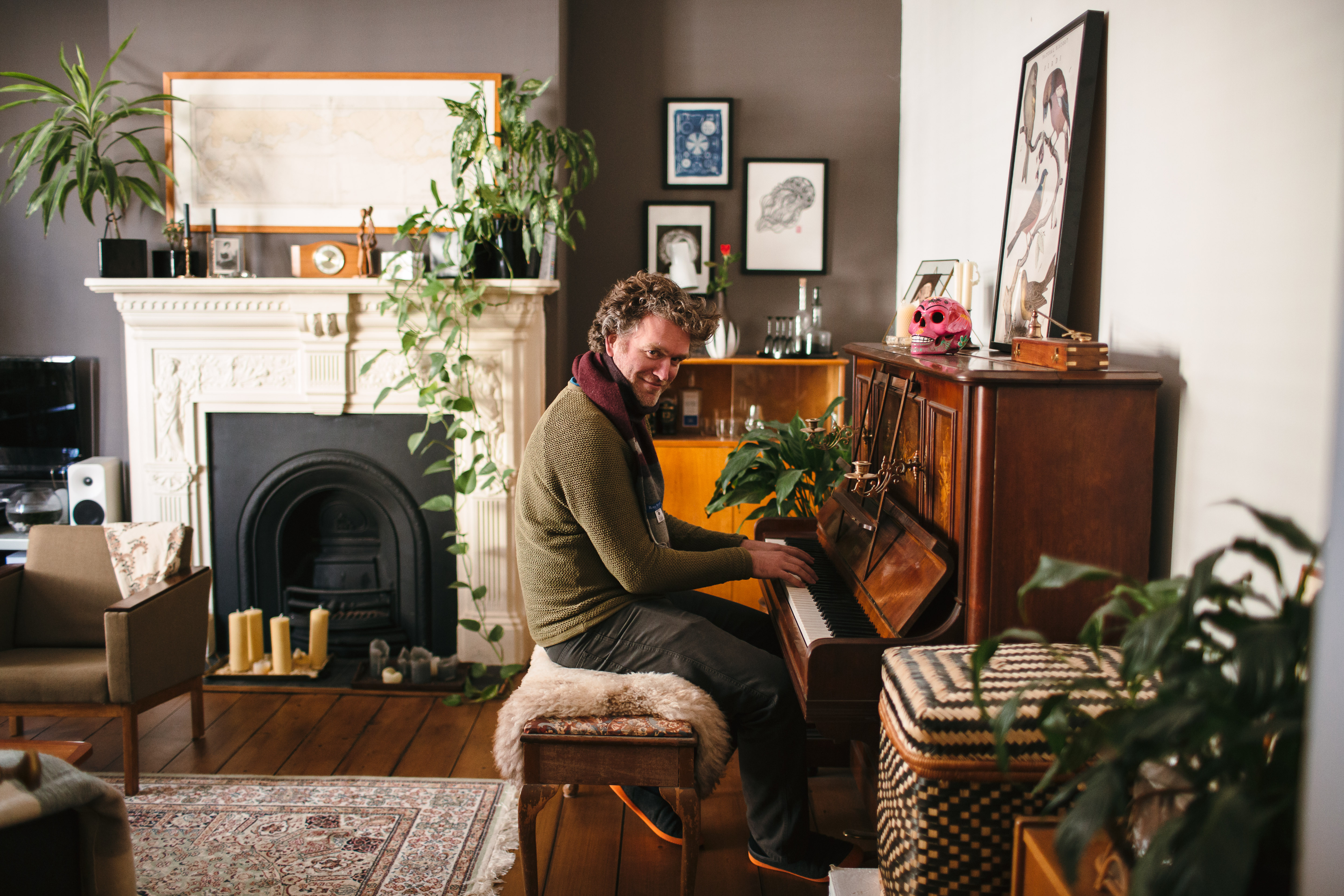
Above: Stefan playing the piano at home. Photograph by Freckle photography.
Our last question to Stefan was to ask he enjoys about living and working in Plymouth – Britain’s Ocean city.
“Compared to other places we’ve lived, Plymouth is just about the right size for me! And once you’ve found a way of coping with hills and the general lack of any cycling infrastructure, it’s quite easy to get around. Of course, the coast around Plymouth is gorgeous and I like seeing the colours of Dartmoor change with the seasons. It’s a big change from the sub-sea level landscape where I grew up, as well as from the ultra-modern Finnish cityscape.”
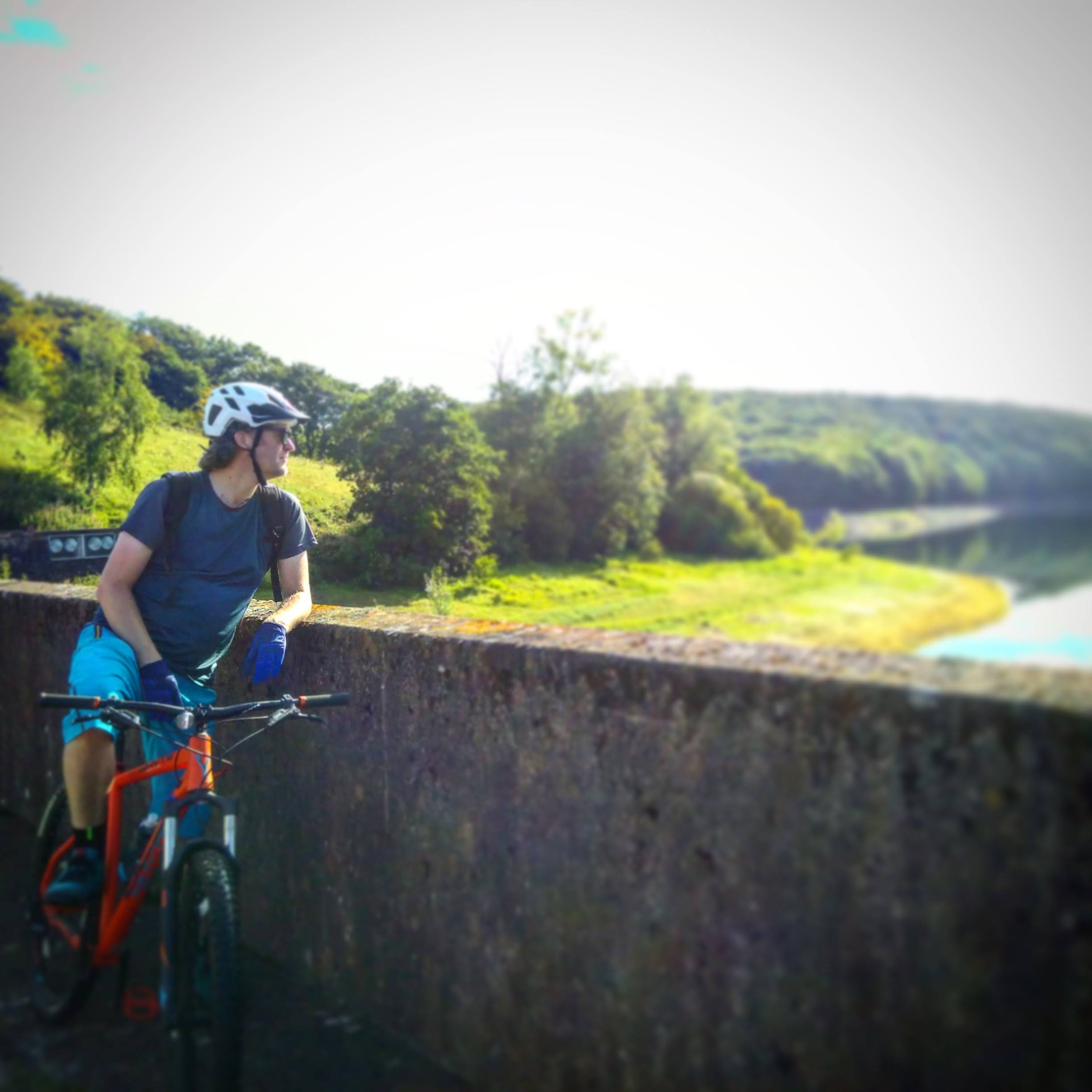
Above: Stefan out and enjoying nature on a bike ride along Meldon Reservoir on the edge of Dartmoor.
A huge thank you Stefan for taking the time to talk to us.